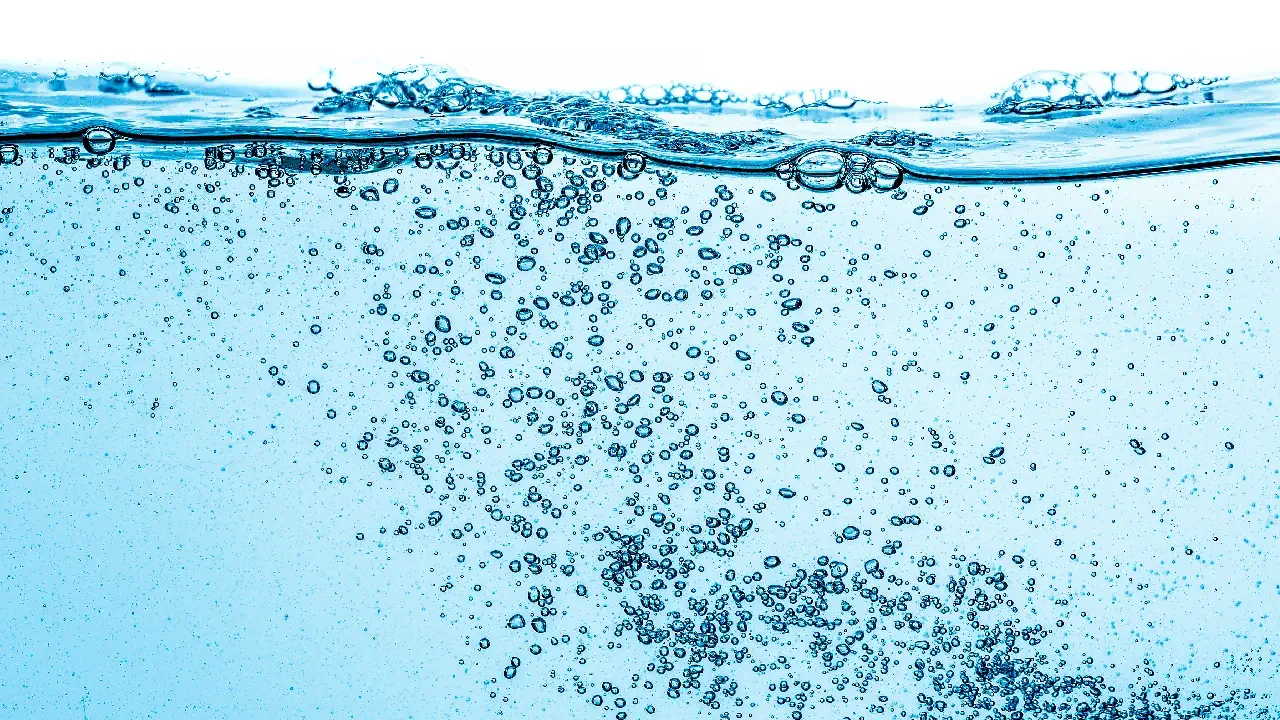Understanding Reverse Osmosis: Does it Remove Bacteria and Viruses?

In the realm of water purification, reverse osmosis (RO) stands as a stalwart, providing households and businesses with clean, crisp water. But amidst its reputation for excellence, a common query persists: Does reverse osmosis effectively eliminate bacteria and viruses from our drinking water? Let’s delve into the science behind this process to unveil the truth.
RO: A Sophisticated Water Filtration Method
“It’s also important to note that while RO is proficient at eliminating bacteria and viruses, it may not be 100% foolproof.”
Reverse osmosis is a sophisticated filtration method that relies on a semi-permeable membrane to separate contaminants from water. This membrane possesses microscopically small pores, allowing only water molecules to pass through while blocking larger molecules and particles. However, the efficacy of RO in removing bacteria and viruses hinges on the size of these microorganisms relative to the membrane’s pore size.
Bacteria, being larger in size, generally range from 0.2 to 10 micrometers, while viruses are considerably smaller, typically measuring between 0.02 to 0.3 micrometers. The standard RO membrane typically has a pore size ranging from 0.0001 to 0.001 micrometers. Given these dimensions, an RO membrane is indeed capable of blocking bacteria and viruses from passing through.
But here’s the catch: while reverse osmosis membranes are effective at removing a wide array of contaminants including bacteria and viruses, their efficiency can vary based on several factors such as the membrane’s quality, pore size, and the operating conditions of the RO system. Additionally, the presence of any defects or damage to the membrane can compromise its effectiveness in removing these microorganisms.
It’s also important to note that while RO is proficient at eliminating bacteria and viruses, it may not be 100% foolproof. Some extremely small viruses or bacteria could potentially slip through the membrane under certain conditions. However, the risk of this happening is exceedingly low, especially when the RO system is well-maintained and operated according to manufacturer guidelines.
Moreover, the effectiveness of reverse osmosis in removing bacteria and viruses can be enhanced by incorporating additional purification stages such as UV (ultraviolet) disinfection or post-filtration activated carbon treatment. These supplementary measures act as a secondary line of defense, ensuring that any remaining microorganisms are neutralized before the water reaches your glass.
In conclusion, reverse osmosis is indeed a powerful tool in the arsenal of water purification technologies, capable of effectively removing bacteria and viruses from your drinking water. However, its efficiency is contingent upon various factors, and while it significantly reduces the risk of microbial contamination, it’s essential to maintain the system properly and consider complementary purification methods for added reassurance.
At Lone Star Water of Houston, we prioritize delivering reliable water treatment solutions that guarantee the safety and purity of your drinking water. Our range of reverse osmosis systems is designed to meet the highest standards of performance, ensuring that your water is free from harmful contaminants, including bacteria and viruses. Because when it comes to your health and well-being, nothing but the best will suffice.
